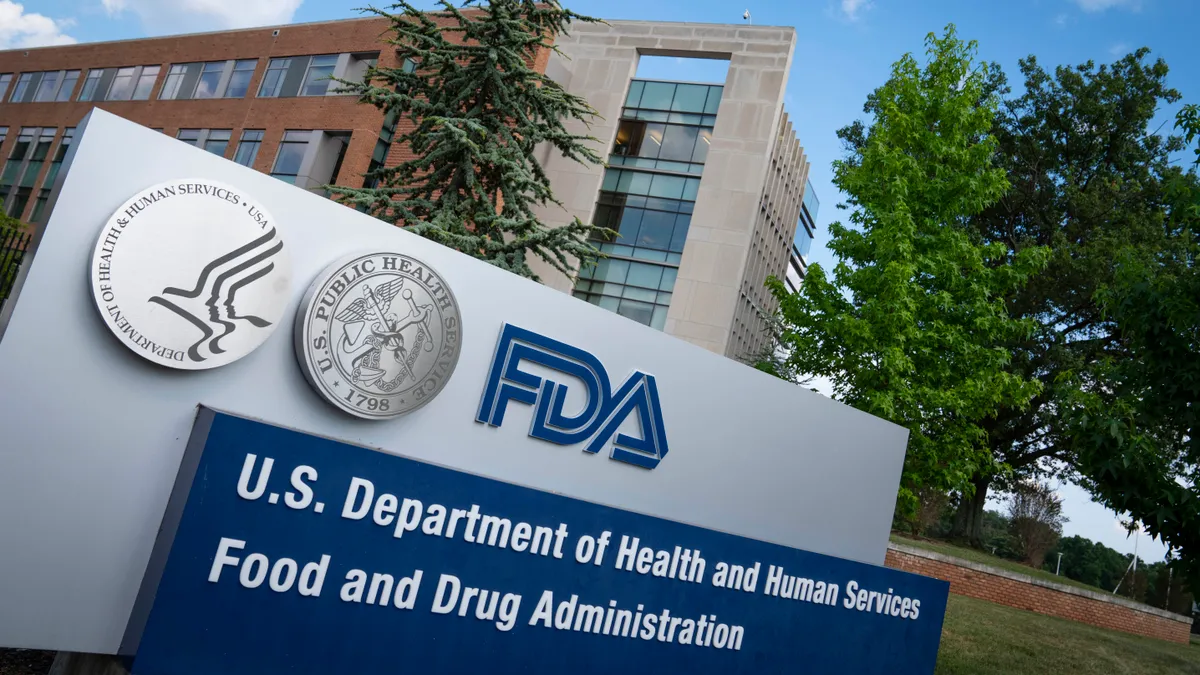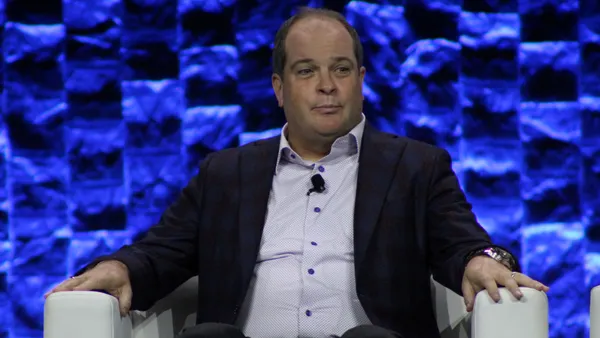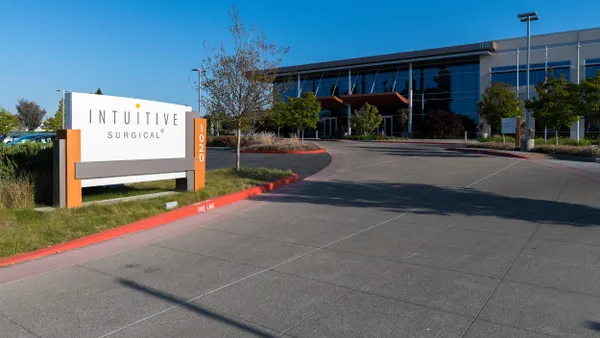Dive Brief:
- The FDA has "reached an agreement in principle" with industry on a framework for Medical Device User Fee Amendments (MDUFA) V, according to an agency statement emailed on Wednesday to MedTech Dive.
- While the FDA declined to share details of the MDUFA V agreement, an industry source with direct knowledge of the discussions told MedTech Dive that under the deal, the agency will receive $1.78 billion in user fees from 2023 to 2027. However, that number could increase to $1.9 billion with add-on payments if the FDA's performance goals are met over that five-year period, the source said. The medtech industry had previously pitched a 26% increase in user fee funding to the agency with a lower offer of $1.2 billion.
- AdvaMed CEO Scott Whitaker said in an emailed statement that the medtech industry is "poised to unleash a whole new dimension of innovation for patients in the coming years" and the MDUFA V agreement with the FDA "will unquestionably help innovators to reach that potential." An AdvaMed spokesperson wasn't available to comment on the details of the agreement at the time of publication. The FDA said it is working to complete "additional steps required" in the process of finalizing the deal. "We are meeting daily with industry to negotiate the details of the commitment letter, with a goal of publishing the draft agreement for public comment in the near future, followed by the public meeting and delivering the final recommendations to Congress."
Dive Insight:
The road to hammering out a MDUFA V agreement has been a bumpy and contentious one. The FDA and the medical device industry often were at loggerheads over "fundamentally different" views during the months-long negotiations that got off to a late start in early 2021 due to the COVID-19 pandemic.
The FDA, perhaps in an indication of that agency-industry divide, failed to send the final MDUFA V agreement to Congress by the Jan. 15 deadline. By comparison, the FDA's commitment letter to the pharmaceutical sector was published in August. However, both the agency and AdvaMed now can see the light at the end of the tunnel.
The MDUFA V deal, which determines how much industry pays for FDA product reviews from 2023 to 2027 and what performance goals the agency will be measured against, in the end was about compromise, according to the industry source familiar with the negotiations.
"The sticking points weren't necessarily complicated so much as FDA being dug in on what they wanted and we were dug in on what we wanted. It took a while for some common ground to be found," the industry source said. "The final agreement is pretty consensus-focused and not one side dominating the other."
One of the FDA's priorities that was ultimately included in the MDUFA V agreement was funding for the agency’s proposed total product lifecycle advisory program (TAP), which industry initially opposed.
The agency pitched TAP as a way "to enable earlier, more frequent, and more strategic communication between FDA and sponsors, as well as to facilitate sponsors' early engagement and coordination with external stakeholders that impact patient access to medical technologies, such as payors and physician professional societies."
However, industry representatives in talks with the FDA questioned the need for the program and voiced their doubts about whether private payors would participate. In the end, the agency prevailed with some caveats.
In the MDUFA V agreement, TAP will be funded as a pilot with a MDUFA IV carryover balance of $110 million and an additional $45 million from base funding, according to the industry source, who noted that there will be a pilot mid-point assessment and evaluation during MDUFA VI negotiations.
The agreement also caps the FDA's MDUFA V carryover balances to three months reserve, similar to the way it is set up for the Prescription Drug User Fee Amendments (PDUFA), the source added. The use of funds would require "an alignment" and input from industry.
Under the MDUFA V agreement, there are hiring targets established for the FDA, which was one of the requirements advocated for by industry. The agency must meet an 85% hiring target in fiscal year 2023 and a 90% hiring target in FY 2024.
Last month, the FDA's Center for Devices and Radiological Health said its goal is to achieve at least 90% of its annual center-wide hiring targets in its 2023 to 2025 fiscal years. The commitment, which CDRH made in a report on its 2022-2025 strategic priorities, comes as the center's resources continue to be strained by a COVID-19 workload and follows MDUFA V talks that exposed industry concerns about the number of vacancies at the agency.
AdvaMed's Whitaker in a statement on Wednesday thanked the FDA "for their commitment and hard work" throughout the MDUFA V negotiations process, adding that the medtech lobby is looking forward to "input and guidance from Congress on the agreement going forward."














